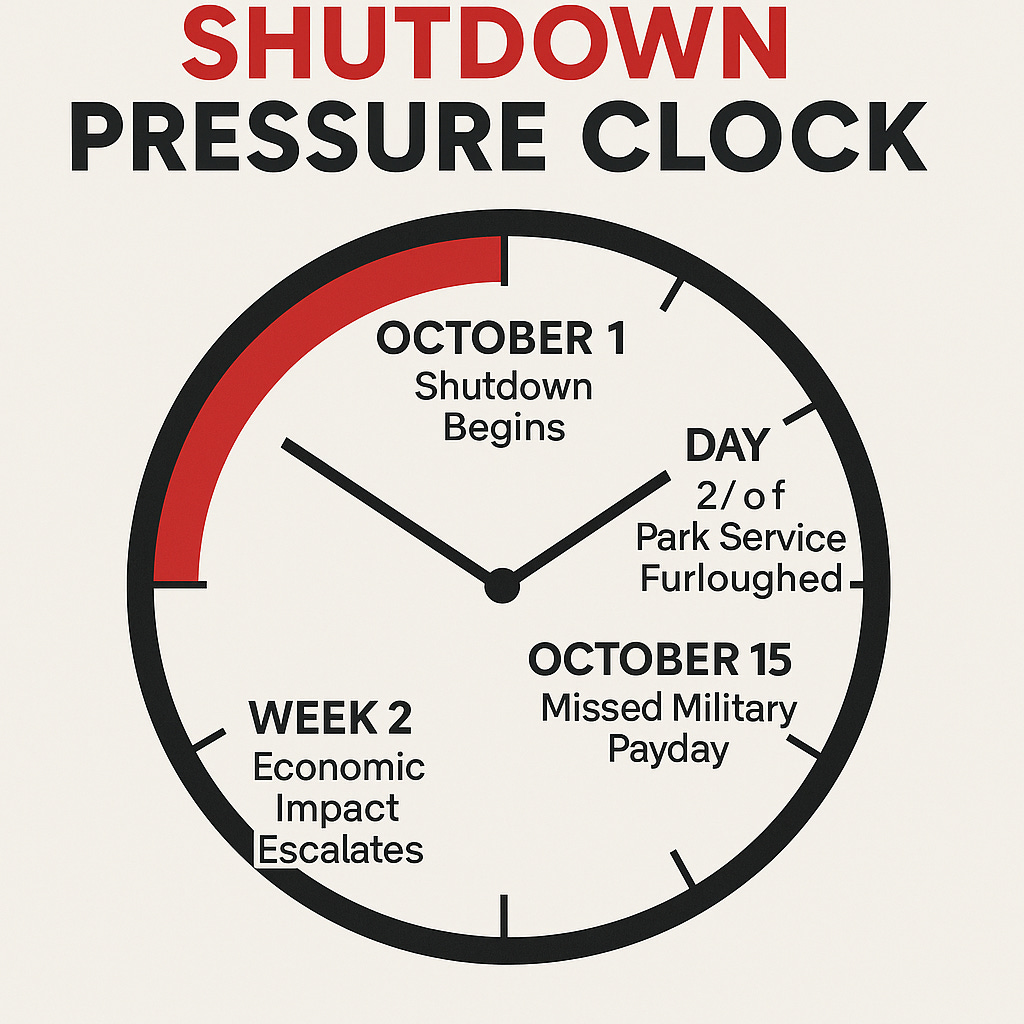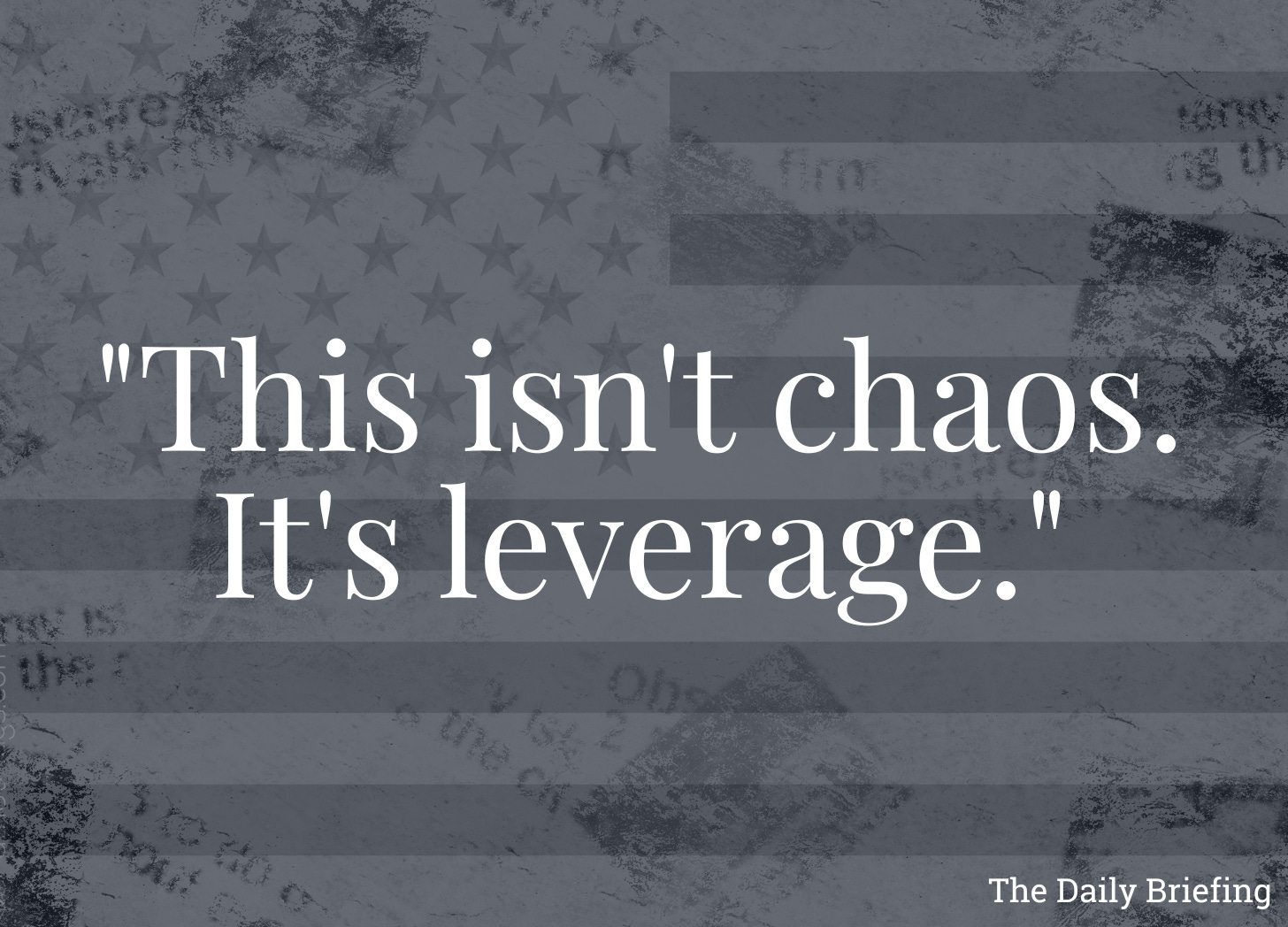The Night Washington Hit Pause
A budget standoff was the pretext. The real fight is over control — career agencies using the lapse in funding to sabotage the purge and shield their own.
Washington wants the public to believe the shutdown is chaos. It isn’t. It’s a counter-move.
Inside the agencies, career officials and union lawyers are exploiting procedural freezes to stall layoffs, preserve old regulatory regimes, and lock in spending commitments before new appointees can dismantle them. The shutdown isn’t hurting the government — it’s hardening it.
What began as a fiscal standoff has become a slow civil war between elected power and entrenched authority. The outcome decides who actually governs: the White House, or the unelected state that refuses to die.
This issue maps how the bureaucracy turned “shutdown protocol” into an act of resistance — and how the administration is learning to weaponize the same playbook back.
Hostage Politics: The Shutdown Playbook
This shutdown isn’t an accident.
It’s a live drill in how to hold you hostage while pretending to “govern.”
And it’s happening in real time.
Here’s the move: a continuing resolution is supposed to be a bridge — a clean, short-term bill to keep the lights on while Congress fights over the details. This time, the bridge got loaded with cargo. Senate Democrats packed the CR with health-care subsidy extensions, climate grants, and foreign-aid spending that couldn’t clear regular order. House Republicans stripped it back to a bare-bones funding bill. Nobody blinked. At 12:01 a.m. on October 1, the government stopped paying its own workers.
That’s not incompetence. It’s leverage.
Keep reading with a 7-day free trial
Subscribe to The Daily Briefing to keep reading this post and get 7 days of free access to the full post archives.


